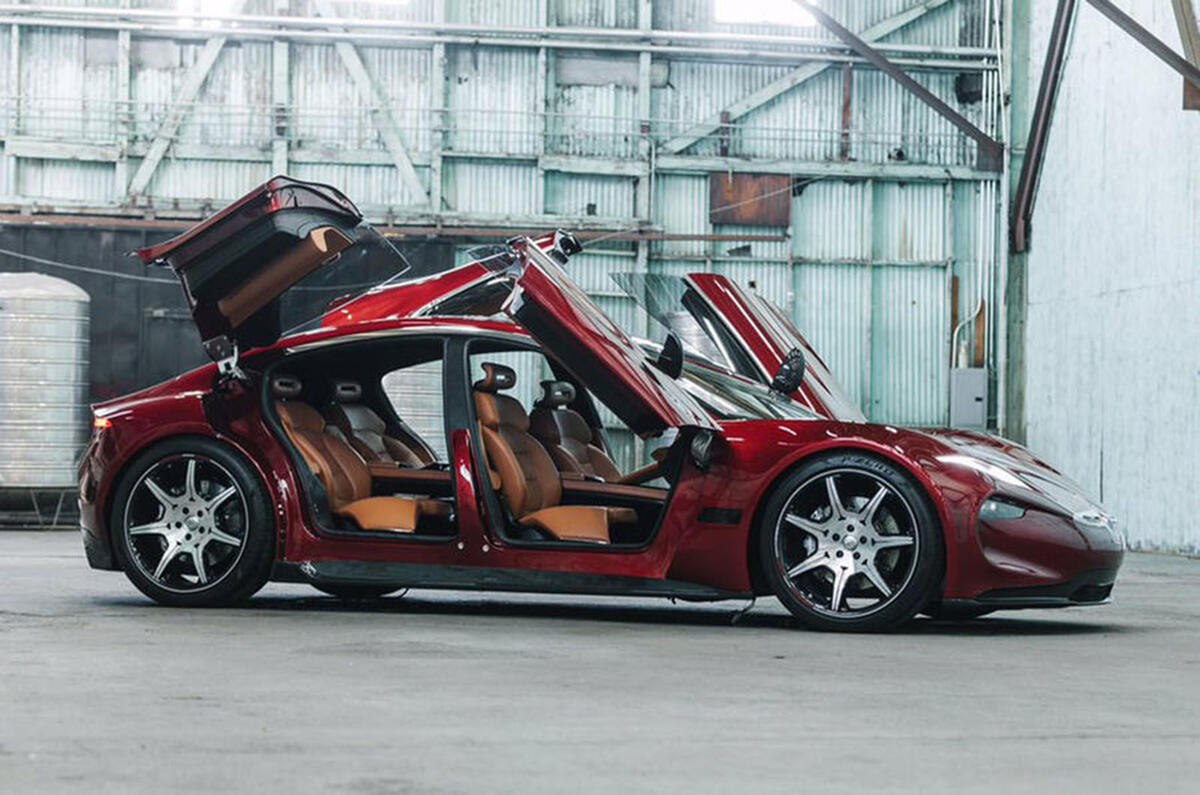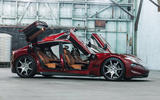Henrik Fisker believes that the huge changes to the car industry brought on by autonomous and electrified machines will create a window of opportunity for start-up firms to thrive.
“The sense of opportunity lies in having a menu of mobility options,” he told Autocar. “There are going to be new car segments that nobody has thought about and some of the traditional companies are too slow to react. Some will lose their traditional customers who’ve been sitting on the fence and in the next two or three years will say: ‘I’m going to try one of those new car companies because they seem like they know what they’re doing, they’re doing electric and they’re cool’.”
That’s why the former BMW and Aston Martin designer is again trying to establish his own electric car company, less than four years after the collapse of his short-lived previous venture. Fisker said that, to compete, any new firm will require a “stellar product”–different to those offered by traditional car makers – and believes he’s working on three.
There’s the Orbit, a self-driving city shuttle, due later this year and conceived because “there wasn’t an autonomous shuttle I wanted to get into, and I thought I’d need to get in one eventually, so I needed to make a cool-looking one”.
Then there’s the recently revealed EMotion, conceived as a low-volume luxury model. “I set myself a challenge,” said Fisker. “How to do you redefine the most difficult car segment, the luxury saloon? It’s the most difficult to reimagine because it’s so traditional.”
Fisker is also working on a third model, a yet-to-be-revealed mass-market model that will cost around $40,000 (£29,000). Fisker denied that launching three such diverse products could stretch his small firm too thinly. “In the future, people are going to choose a mobility device that is the best [suited] for the trip they’re doing that day,” he said. “It could be an electric bike or your own car, somebody else’s car or a shuttle.
“I don’t think the old ideal, where somebody says ‘we’re only going to make sports cars; that’s our brand’ is going to work in the future. People will have four or five mobility devices and, if they like your brand, you should be able to service them in all those areas.”
The Fisker brand, according to its founder, will be “non-conformist, out there and extreme”, with a focus on beauty and technology. Fisker said that’s demonstrated by the electric EMotion’s design, which is distinct from the luxury saloons it will rival and inspired more by high-end homes than other cars (and, because Fisker wanted to be “a bit crazy”, it features ‘butterfly’ doors).
















Join the debate
Add your comment
I have been through the whole content of this blog which is very informative and knowledgeable stuff, I would like to visit again to read your vehicle reviews and news. Jst few weeks ago i have purchased my creta sx and i am really happy with the car.. and my next dream is to buy mahindra that 5 door..
blog writing services india
I really liked your post.Its very intresting informations.nice post .. grateful to you for sharing ...Keep doing stunning.If you need any writing help you can contact blog writing services india . Thank You...
Fisker has better design
Would be nice to have an other option because Tesla has poor designs (my opinion only). Good to see some of the traditional manufacturers are joining the game such as Porsche, Jag, Aston...etc